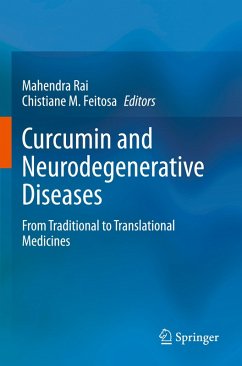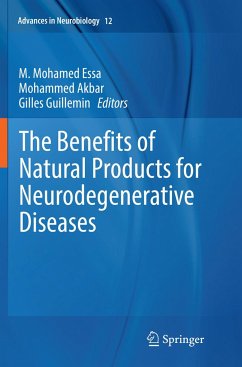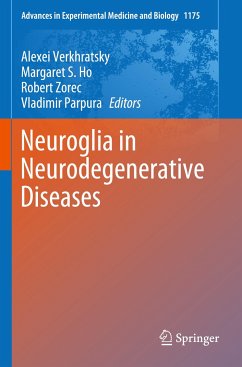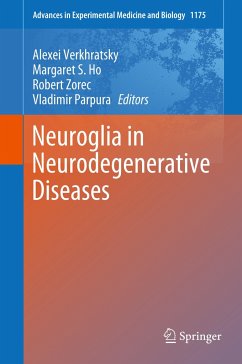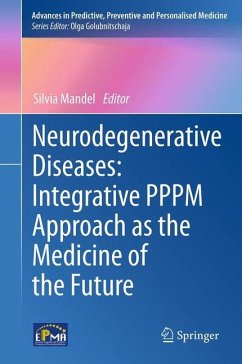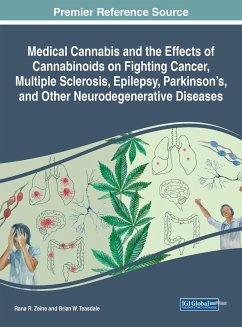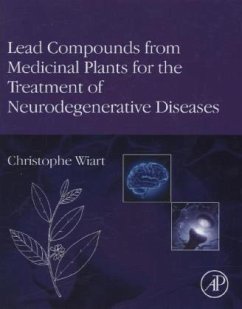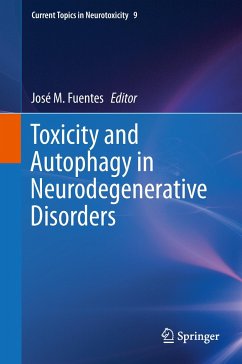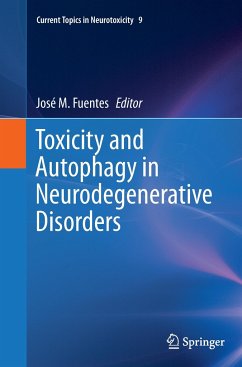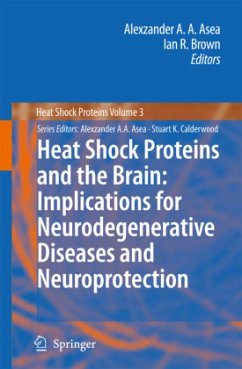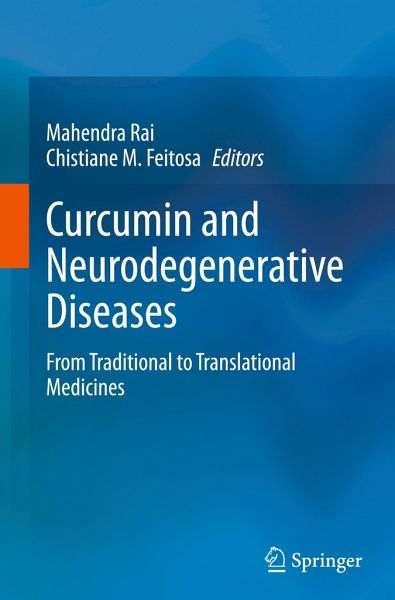
Curcumin and Neurodegenerative Diseases
From Traditional to Translational Medicines
Herausgegeben: Rai, Mahendra; Feitosa, Chistiane M.

PAYBACK Punkte
68 °P sammeln!
This book explores the potential benefits of turmeric, and specifically curcumin, in the treatment and prevention of neurodegenerative diseases. The book covers various aspects of turmeric, including its traditional use in Ayurveda and Chinese medicine, secondary metabolites, curcuminoids, and sesquiterpenoids found in turmeric, as well as the use of nano curcumin in neurodegenerative diseases. It discusses the different ways in which turmeric can be used to treat neurodegenerative diseases, including as a therapy for brain diseases, curcumin-induced neuroprotection in cerebral ischemia, and n...
This book explores the potential benefits of turmeric, and specifically curcumin, in the treatment and prevention of neurodegenerative diseases. The book covers various aspects of turmeric, including its traditional use in Ayurveda and Chinese medicine, secondary metabolites, curcuminoids, and sesquiterpenoids found in turmeric, as well as the use of nano curcumin in neurodegenerative diseases. It discusses the different ways in which turmeric can be used to treat neurodegenerative diseases, including as a therapy for brain diseases, curcumin-induced neuroprotection in cerebral ischemia, and neural stem cell therapy in combination with curcumin. It also discusses the role of nano curcumin in neurodegenerative diseases, including its potential use in the treatment of Alzheimer's disease. The book provides the scientific evidence behind the use of turmeric and its compounds in the treatment of neurodegenerative diseases, such as Alzheimer's and Parkinson's disease. Overall, this bookis an invaluable resource for researchers and healthcare professionals interested in exploring the potential benefits of turmeric and curcumin in the treatment and prevention of neurodegenerative diseases.





